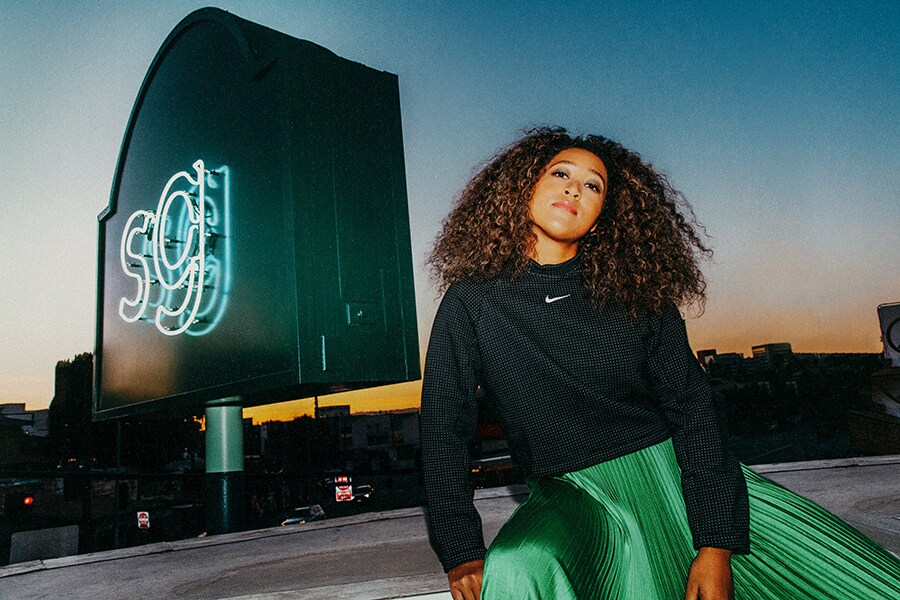
How Naomi Osaka became everyone's favourite spokesmodel
According to Forbes, she made $37.4 million in endorsements and tournament prizes between May 2019 and May 2020, the most a female athlete has ever earned in a single year
 In an undated image provided by Jason Nocito via Sweetgreen, tennis champion Naomi Oasaka and a sign for Sweetgreen, the latest of many companies to hire her. According to Forbes, Osaka made $37.4 million in endorsements and tournament prizes between May 2019 and May 2020, the most a female athlete has ever earned in a single year.
In an undated image provided by Jason Nocito via Sweetgreen, tennis champion Naomi Oasaka and a sign for Sweetgreen, the latest of many companies to hire her. According to Forbes, Osaka made $37.4 million in endorsements and tournament prizes between May 2019 and May 2020, the most a female athlete has ever earned in a single year.
Image: Jason Nocito, via Sweetgreen via The New York Times
LOS ANGELES — In today’s world of celebrity branding, captions speak louder than words. But Naomi Osaka’s are decidedly understated.
“Keep on keeping on,” the 23-year-old tennis champion posted on Instagram under two on-court photos after making it through the fourth round of the Australian Open (which she went on to win).
For a slideshow that began with a shot of the Metropolitan Museum of Art, whose Costume Institute Gala she will co-chair, in September: “oh we lit.”
Below a portrait of herself draped in Louis Vuitton and Nike (both sponsors of hers), simply: “yo.”
©2019 New York Times News Service




